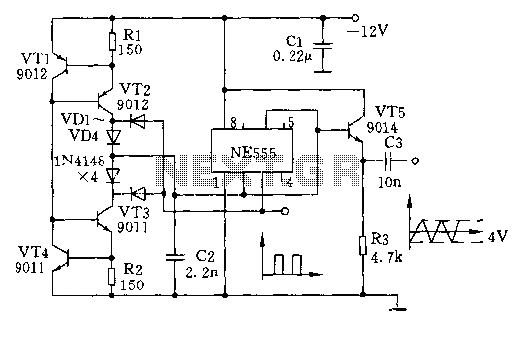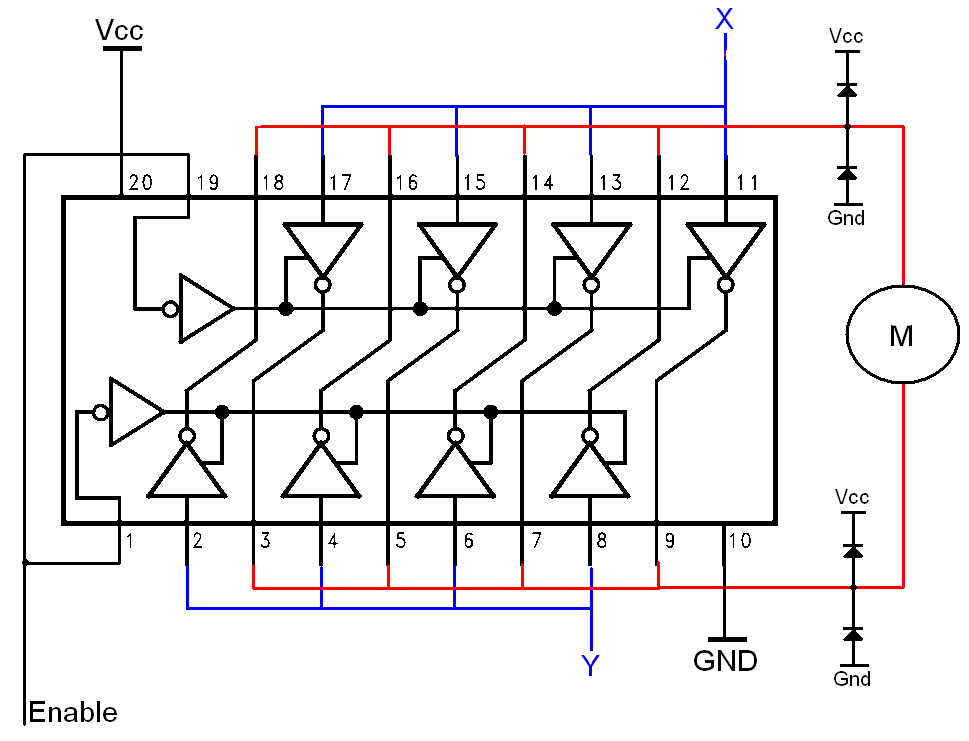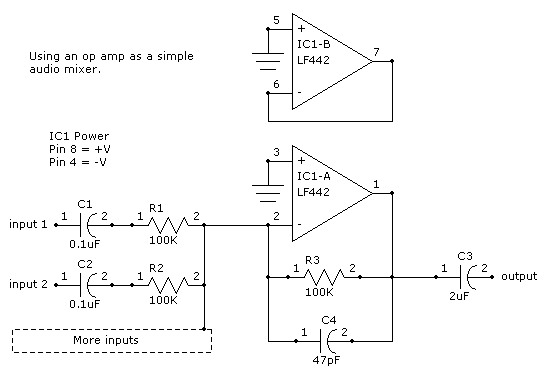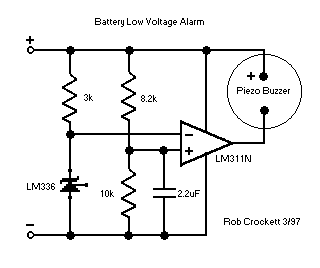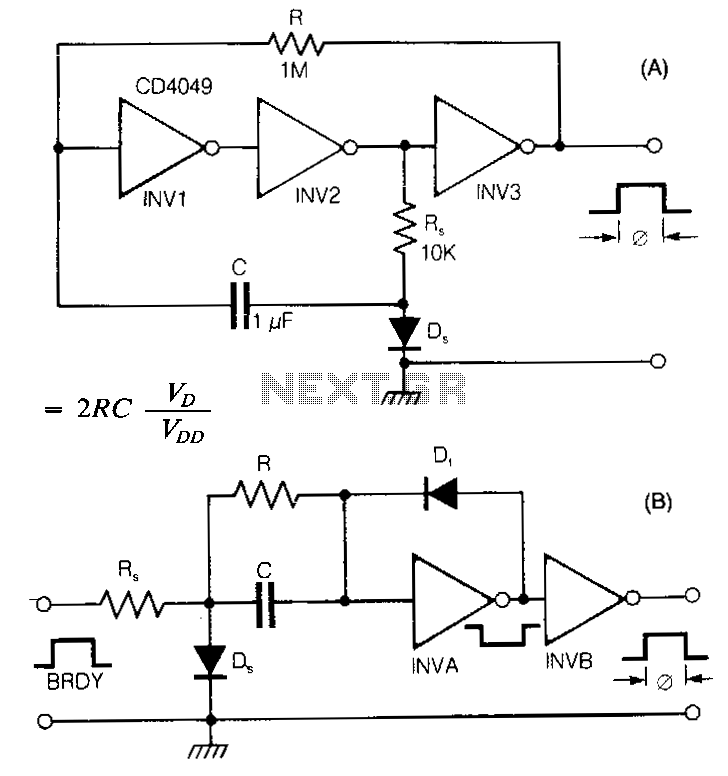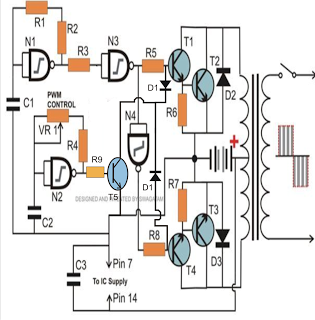
Design of a kind of simple and practical telephone alarm system
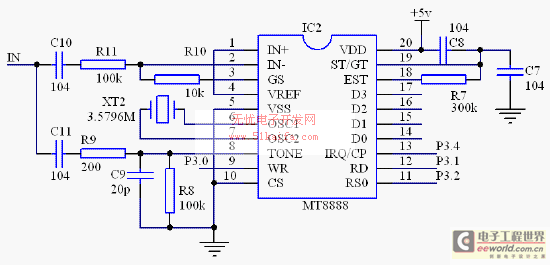
Currently, there is a growing trend to utilize telephone lines for long-range control and alarm systems within transmission mediums, which is accompanied by extensive research. Such systems typically consist of alarm devices and police notification arrangements, including a central computer at the user end. The alarm equipment performs judgment and machine format transmission through automatic off-hooking, dialing, and telephone signal tone generation. This process involves automatic off-hooking, signal demodulation, and decoding at the receiving end, necessitating high reliability and stable characteristics. Upon receiving the warning message from the subscriber station via a modem, the central monitoring computer utilizes the Caller ID (CID) service provided by telecommunications companies to extract information such as telephone numbers, warning dates, and times. This data can be used to access additional information from a database, simplifying the hardware requirements at the receiving end, reducing costs, and enhancing reliability. It ensures that the attendant comprehends the warning message effectively and is suitable for future inquiries. The designed alarm system is straightforward and practical; the software is developed using visual programming in VB, making control and operation more convenient and feature-rich. This alarm system can be employed in various sectors, including local police stations, banks, and chain supermarkets. When a warning probe generates an image output, the alarm device triggers an electromechanical mechanism to simulate off-hook conditions and checks for trunk tones on the telephone line. If no trunk tone is detected, the system will retry off-hooking after going on-hook until a trunk tone is found. If trunk tones are present, the system dials the police center. If a busy signal is encountered, the system will attempt to redial after a brief pause until a connection is established. The terminal switchboard conveys the calling number and message to the called party using Frequency Shift Keying (FSK) or Dual Tone Multi-Frequency (DTMF) signaling. The police center receives the automatic off-hook signal after two ringing tones, detects the off-hook information, and sends out a warning message while simultaneously activating the observation circuit to transmit an on-site monitoring signal. The warning end detects the on-hook condition and completes the police call after receiving the on-hook information from the alarm receipt center. The central PC emits an alarm sound upon receiving the calling number through the modem and displays user information, including name, number, and unit on the PC's display unit. It can record while monitoring the on-site audio. After monitoring, the system goes on-hook, calls the police, and stores all messages and recordings for future management and reference. The alarm signal is measured through pins P1.4 to P1.7 of the AT89C2051 microcontroller. When the alarm signal goes low, pin P3.5 activates the electromechanical mechanism for low-level operation, while the system searches for signal tones and dials through the MT8888. It measures and accepts the off-hook signal from the center, outputting warning types and probe position codes via DTMF. The system can detect the hang-up signal from the called party and will immediately complete the warning process. It achieves mechanical control of the telephone through Q3 and an electrical relay, with T1 isolating the coupling and voltage transformer for 1.1 seconds to transmit telephone circuit signal tones, DTMF signals, and monitoring signals.
The described alarm system leverages the existing telephone infrastructure to provide a reliable and efficient means of monitoring and alerting users in various applications. The integration of CID services allows for real-time data processing, enhancing situational awareness for the receiving end. The system's design prioritizes simplicity while ensuring a comprehensive feature set, including automated dialing, monitoring, and recording capabilities. The use of visual programming for the software component facilitates ease of use and flexibility in modifying system parameters as needed. The electromechanical aspects of the system ensure that it can effectively simulate off-hook conditions and manage communication with the police center, while the DTMF signaling provides a robust method for data transmission. Overall, this alarm system represents a significant advancement in the field of remote monitoring and control, suitable for various sectors where security and rapid response are critical.At present, it is numerous to adopt the telephone line as long-range control and alarm system of the transmission medium, associated too more research [1, 2 ]. This kind of system is generally made up of alarm device and calling the police to accept the receiving arrangement, computer of the centre etc.
in the user. The alarm equipment finishes ju dgement and machine format conveyance of automatic offhooking, dialing, telephone Signal Tone, realized automatic offhooking, signal demodulating and decoding by the receiving end, these systems require reliability to be high, with steady characteristic. After the alarm monitor computer receives the subscriber station`s warning message through the modem, exploit the CID business offered by telecommunication department, can draw information such as telephone number, warning date, time through appropriate programming, can call out more FYI from the database according to the information, so can simplify the hardware circuit of the receiving end, lower costs, improve reliability, can make sure to make the attenbant understand more warning message at the same time, is suitable for inquiring in the future too.
The alarm system that this text designs is simple and practical, after the computer software adopts the visual software VB programming, control the end and operate making it more convenient and the function is abundant. This alarm system can be applied to departments such as the local police station, savings bank, chain supermarket, etc.
When warning probe have image output, warner drive pluck the electromechanical way to pay the Simulated Off-Hook, and find whether there are trunk tones in the telephone line, if there is no trunk tone, then offhooking again after the on hook, until there are trunk tones. Dialed and called the police to accept the telephone number of the centre if there are trunk tones, if detect the busy signal after dialing, offhooking dials again after then on hook is in 5 seconds, until put through.
The terminal switchboard, at time when first ringing and the second ringing interval after the telephone is put through, the intersection of the calling number and message by way of FSK Or DTMF way Convey to the called party Call the police and accept the centre Terminal installation. Accept the centre and receive the automatic offhooking after two ringing tones, the warning end detects that accepts the offhooking information of the centre, sends out the warning message, drive the observation circut at the same time, send out the on-the-spot monitor signal to the circuit.
The warning end detects that carries on the on hook and finishes calling the police after the on hook information in the alarm receipt centre. Accept the central PC and give out the alarm sound after receiving the message of the calling number through the modem, and reveal the name of user, number, the unit, letterhead information on the display unit of the PC.
Can carry on the recording while monitoring to the on-the-spot sound. On hook after monitoring. Receive and call the police, store all messages and recording contents, benefit the management and call for the future. Measured the alarm signal by P1. 4- P1. 7 of the one piece machine AT89C2051, when the alarm signal turns into low level, put P3. 5, drive, pluck electromechanical way for low level, go on the Signal Tone find and dial through MT8888, act as and measure and accept the off-hook signal of the centre When, output warning type, code of the probe position by way of DTMF, as detecting called party`s hang-up signal press for hangs the sound The on hook immediately hour, it is warning to finish.
Realize to pluck, register for mechanically controlled telephone through Q3 and the intersection of electrical relay and J, T1 isolate the intersection of coupling and voltage transformer for 1 1s, transmit the telephone circuit Signal Tone and DTMF signal and monitor signal. Elementary 🔗 External reference
The described alarm system leverages the existing telephone infrastructure to provide a reliable and efficient means of monitoring and alerting users in various applications. The integration of CID services allows for real-time data processing, enhancing situational awareness for the receiving end. The system's design prioritizes simplicity while ensuring a comprehensive feature set, including automated dialing, monitoring, and recording capabilities. The use of visual programming for the software component facilitates ease of use and flexibility in modifying system parameters as needed. The electromechanical aspects of the system ensure that it can effectively simulate off-hook conditions and manage communication with the police center, while the DTMF signaling provides a robust method for data transmission. Overall, this alarm system represents a significant advancement in the field of remote monitoring and control, suitable for various sectors where security and rapid response are critical.At present, it is numerous to adopt the telephone line as long-range control and alarm system of the transmission medium, associated too more research [1, 2 ]. This kind of system is generally made up of alarm device and calling the police to accept the receiving arrangement, computer of the centre etc.
in the user. The alarm equipment finishes ju dgement and machine format conveyance of automatic offhooking, dialing, telephone Signal Tone, realized automatic offhooking, signal demodulating and decoding by the receiving end, these systems require reliability to be high, with steady characteristic. After the alarm monitor computer receives the subscriber station`s warning message through the modem, exploit the CID business offered by telecommunication department, can draw information such as telephone number, warning date, time through appropriate programming, can call out more FYI from the database according to the information, so can simplify the hardware circuit of the receiving end, lower costs, improve reliability, can make sure to make the attenbant understand more warning message at the same time, is suitable for inquiring in the future too.
The alarm system that this text designs is simple and practical, after the computer software adopts the visual software VB programming, control the end and operate making it more convenient and the function is abundant. This alarm system can be applied to departments such as the local police station, savings bank, chain supermarket, etc.
When warning probe have image output, warner drive pluck the electromechanical way to pay the Simulated Off-Hook, and find whether there are trunk tones in the telephone line, if there is no trunk tone, then offhooking again after the on hook, until there are trunk tones. Dialed and called the police to accept the telephone number of the centre if there are trunk tones, if detect the busy signal after dialing, offhooking dials again after then on hook is in 5 seconds, until put through.
The terminal switchboard, at time when first ringing and the second ringing interval after the telephone is put through, the intersection of the calling number and message by way of FSK Or DTMF way Convey to the called party Call the police and accept the centre Terminal installation. Accept the centre and receive the automatic offhooking after two ringing tones, the warning end detects that accepts the offhooking information of the centre, sends out the warning message, drive the observation circut at the same time, send out the on-the-spot monitor signal to the circuit.
The warning end detects that carries on the on hook and finishes calling the police after the on hook information in the alarm receipt centre. Accept the central PC and give out the alarm sound after receiving the message of the calling number through the modem, and reveal the name of user, number, the unit, letterhead information on the display unit of the PC.
Can carry on the recording while monitoring to the on-the-spot sound. On hook after monitoring. Receive and call the police, store all messages and recording contents, benefit the management and call for the future. Measured the alarm signal by P1. 4- P1. 7 of the one piece machine AT89C2051, when the alarm signal turns into low level, put P3. 5, drive, pluck electromechanical way for low level, go on the Signal Tone find and dial through MT8888, act as and measure and accept the off-hook signal of the centre When, output warning type, code of the probe position by way of DTMF, as detecting called party`s hang-up signal press for hangs the sound The on hook immediately hour, it is warning to finish.
Realize to pluck, register for mechanically controlled telephone through Q3 and the intersection of electrical relay and J, T1 isolate the intersection of coupling and voltage transformer for 1 1s, transmit the telephone circuit Signal Tone and DTMF signal and monitor signal. Elementary 🔗 External reference
